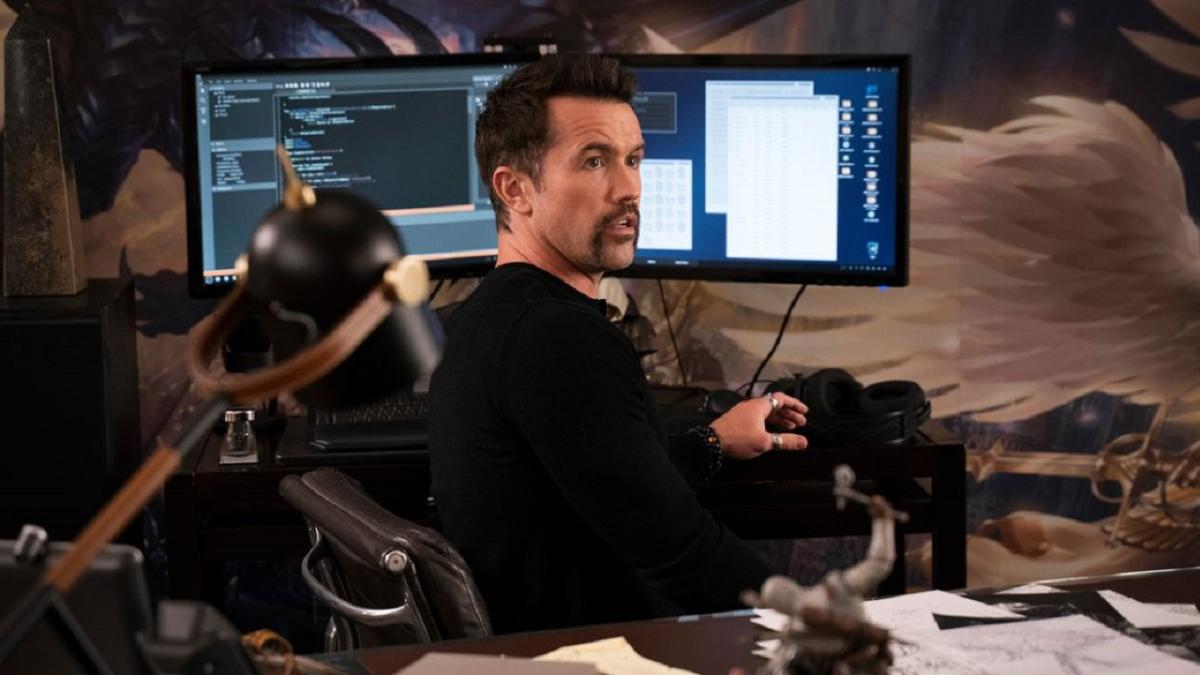
If you’ve ever seen the TV Series Mythic Quest on Apple TV then you probably think you know what working in the game-making industry is like. There’s a lot of spitballing ideas, designers whipping up incredible graphics within 24 hours, and people who sit in a dark room, testing out the games before the fans do. While it sounds incredibly fun, in the real world there’s actually a lot more to it.
Of course, being a passionate gamer is a bonus, but the industry is also innovative, creative, hardworking and requires a combination of skills. If you’ve been considering a career in the world of game design, we spoke to Andrew Trevillian, a lecturer of Games & Interactivity from Swinburne University of Technology who told us what working in the field is really like.
PEDESTRIAN.TV: Did you always know you wanted to work with video games, or was it something you fell into?
Andrew Trevillian: It was a passion of mine as a teenager. At the time there wasn’t much of a games industry in Victoria, so I studied graphic design. I spent many years working as a graphic designer and a typographer and did a bit of teaching as a part of that as well. Then I transitioned from there into game design.
I found that through my time studying graphic design; I gained a lot of knowledge about photography and architecture which was really useful as a transferable set of skills into game and level design.
PTV: Is studying game production at uni different to people’s expectations of how it will be?
AT: There’s a lot of collaboration between disciplines when you’re studying or when you’re working in games. There are a variety of disciplines involved from animation to UI design, game design itself, programming, audio. All sorts. So, many people think when they’re contemplating coming to uni to study games, that they’ll come in as the ideas person. They’ll be a designer that will be the one that comes up with the ideas and tells a lot of other people what to do. But that’s not the way it works.
It’s necessary for people to have a good understanding of a wide variety of skill sets, and a deep understanding of one or two.
PTV: You teach game design and development. Why is it not referred to as “gaming”?
AT: Gaming is the pursuit of a leisure activity — you play video games. Game development is the professional activity of making games. One challenge I think we have with students coming in is that playing video games doesn’t qualify you to work in video games. When I say “qualify”, [I mean] it doesn’t prepare you. Having a keen appreciation for games is fine, that’s great. But it’s a craft. It’s a practice. And it’s an artistic and creative practice. It’s necessary to draw that distinction.
The other thing about that word “gaming,” is that it is also associated with gambling. So, when we talk about the gaming industry in Australia, we’re talking about poker machines and casinos. But when we’re talking about the game development industry, we’re talking about the practice of making games.
PTV: What’s the biggest misconception in games education?
AT: That you’ll come and you’ll do a degree, and you’ll find [traditional] employment. It’s not a guarantee you can make in the creative arts or game development industry. It’s very much like teaching people how to be in a band and release a record. You know, you gather your animators, your artists, your programmers, you put them in a room, and they develop a project and then that project is something that can be taken forward. Or maybe it’s something that gets canned or it could be released, and it’s really successful and that’s awesome. Or it’s released, and nobody buys it. And that’s not so good.
So really, it’s a challenging field.
PTV: What advice would you give to someone who wants to work in the industry but might not have the skills to code or design games?
AT: Well, first, you can always develop those skills. We encourage students to get involved with indie developers in our local community. We encourage them to have game jams, with 48-hour rapid prototyping events, usually based around a theme. And I always encourage my students to get involved in projects beyond what’s in the syllabus to not only build more connections in the industry but also build a stronger folio.
PTV: Is there anything else people should know about the Aussie games industry and where it’s heading?
AT: Only that nobody who tells you [where it’s headed] will be right. It’s a volatile industry. It goes through boom and bust cycles and cultural changes of direction that are very difficult to predict. So, you want to be an adaptable person, or you want to develop the resilience that will make you an adaptable person.
Interested in learning game design? Apply at Swinburne University of Technology and gain the skills necessary to step into the world of game development.



